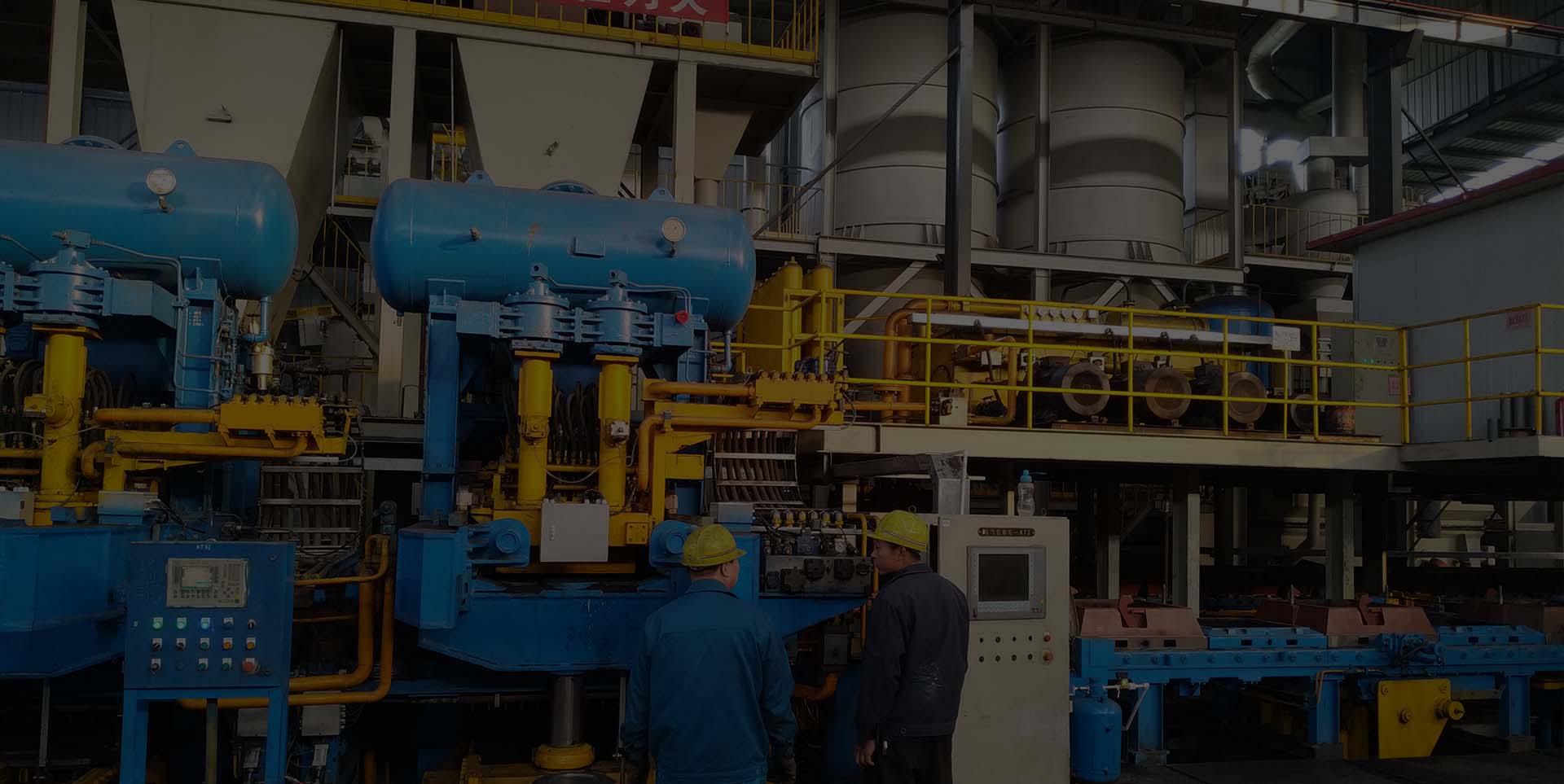
-
 Afrikaans
Afrikaans -
 Albanian
Albanian -
 Amharic
Amharic -
 Arabic
Arabic -
 Armenian
Armenian -
 Azerbaijani
Azerbaijani -
 Basque
Basque -
 Belarusian
Belarusian -
 Bengali
Bengali -
 Bosnian
Bosnian -
 Bulgarian
Bulgarian -
 Catalan
Catalan -
 Cebuano
Cebuano -
 Corsican
Corsican -
 Croatian
Croatian -
 Czech
Czech -
 Danish
Danish -
 Dutch
Dutch -
 English
English -
 Esperanto
Esperanto -
 Estonian
Estonian -
 Finnish
Finnish -
 French
French -
 Frisian
Frisian -
 Galician
Galician -
 Georgian
Georgian -
 German
German -
 Greek
Greek -
 Gujarati
Gujarati -
 Haitian Creole
Haitian Creole -
 hausa
hausa -
 hawaiian
hawaiian -
 Hebrew
Hebrew -
 Hindi
Hindi -
 Miao
Miao -
 Hungarian
Hungarian -
 Icelandic
Icelandic -
 igbo
igbo -
 Indonesian
Indonesian -
 irish
irish -
 Italian
Italian -
 Japanese
Japanese -
 Javanese
Javanese -
 Kannada
Kannada -
 kazakh
kazakh -
 Khmer
Khmer -
 Rwandese
Rwandese -
 Korean
Korean -
 Kurdish
Kurdish -
 Kyrgyz
Kyrgyz -
 Lao
Lao -
 Latin
Latin -
 Latvian
Latvian -
 Lithuanian
Lithuanian -
 Luxembourgish
Luxembourgish -
 Macedonian
Macedonian -
 Malgashi
Malgashi -
 Malay
Malay -
 Malayalam
Malayalam -
 Maltese
Maltese -
 Maori
Maori -
 Marathi
Marathi -
 Mongolian
Mongolian -
 Myanmar
Myanmar -
 Nepali
Nepali -
 Norwegian
Norwegian -
 Norwegian
Norwegian -
 Occitan
Occitan -
 Pashto
Pashto -
 Persian
Persian -
 Polish
Polish -
 Portuguese
Portuguese -
 Punjabi
Punjabi -
 Romanian
Romanian -
 Russian
Russian -
 Samoan
Samoan -
 Scottish Gaelic
Scottish Gaelic -
 Serbian
Serbian -
 Sesotho
Sesotho -
 Shona
Shona -
 Sindhi
Sindhi -
 Sinhala
Sinhala -
 Slovak
Slovak -
 Slovenian
Slovenian -
 Somali
Somali -
 Spanish
Spanish -
 Sundanese
Sundanese -
 Swahili
Swahili -
 Swedish
Swedish -
 Tagalog
Tagalog -
 Tajik
Tajik -
 Tamil
Tamil -
 Tatar
Tatar -
 Telugu
Telugu -
 Thai
Thai -
 Turkish
Turkish -
 Turkmen
Turkmen -
 Ukrainian
Ukrainian -
 Urdu
Urdu -
 Uighur
Uighur -
 Uzbek
Uzbek -
 Vietnamese
Vietnamese -
 Welsh
Welsh -
 Bantu
Bantu -
 Yiddish
Yiddish -
 Yoruba
Yoruba -
 Zulu
Zulu
Understanding the Components and Functions of Air Brake Drum Systems in Heavy Vehicles
Understanding Air Brake Drum Systems A Diagrammatic Overview
Air brake systems are crucial in heavy vehicles, such as trucks and buses, ensuring safe and effective stopping power. At the heart of these systems lies the air brake drum, a component that operates based on pneumatic principles to engage and disengage brakes. A comprehensive understanding of the air brake drum diagram can provide insights into how these systems function.
Components of the Air Brake Drum System
An air brake drum system typically comprises several key components that work together seamlessly. These include the air compressor, air reservoirs, brake chambers, brake shoes, and the drum itself. The air compressor generates compressed air, which is then stored in air reservoirs. When the brake pedal is engaged, this compressed air travels through a network of lines to the brake chambers.
The brake chamber contains a diaphragm that, when pressurized, pushes the brake shoes against the inner surface of the drum. This friction between the shoes and the drum slows down the rotation of the wheels, ultimately bringing the vehicle to a halt. Understanding how these components integrate helps clarify the overall operation of air brake systems.
The Role of the Brake Drum
The brake drum itself is a cylindrical component attached to the wheel hubs. It is designed to withstand high levels of friction and heat generated during braking. Typically made from cast iron or aluminum, the drum features a smooth surface where the brake shoes make contact. As the brake shoes are forced against this surface, they create the necessary friction to decelerate the vehicle.
The design of the drum is critical to the efficiency and reliability of air brake systems. A well-manufactured drum ensures uniform heat distribution, reducing the risk of brake fade—a condition where brakes become less effective due to overheating.
air brake drum diagram

Diagrammatic Representation
An air brake drum diagram visually represents the interconnections and functions of the various components. It typically includes annotations indicating the flow of compressed air, the positioning of brake chambers, and the alignment of brake shoes and drums. Such diagrams are invaluable for technicians and engineers as they troubleshoot issues or design maintenance schedules.
For instance, the diagram might show how engaging the brake pedal sends air into the brake chamber, illustrating the mechanics behind the brake engagement. Understanding the diagram helps technicians identify potential points of failure, such as leaks in the air lines or malfunctioning brake chambers.
Maintenance and Safety Considerations
Regular maintenance of the air brake system is vital for safety. Technicians often refer to diagrams to perform inspections and ensure all components are functioning correctly. Areas of focus include checking for air leaks, ensuring the brake shoes are adequately wearing, and inspecting the drum for any signs of damage or excessive wear.
Frequent inspections can prevent catastrophic failures, maintaining the integrity of the braking system. It is essential for drivers and fleet operators to be proactive in ensuring their vehicles are equipped with reliable air brake systems.
Conclusion
In summary, the air brake drum diagram serves as an essential tool in understanding the complexities of air brake systems. By providing a visual overview of how components interact, it aids in maintenance and enhances safety in heavy vehicles. As technology advances, the efficiency and effectiveness of air brake systems continue to improve, but the foundational principles illustrated in these diagrams remain crucial for safe vehicular operation. Understanding these systems not only fosters improved safety measures but also promotes a greater appreciation for the engineering behind modern transportation.
-
What Are Drum BrakesNewsJul.07,2025
-
Understanding Brake Drum MaterialNewsJul.07,2025
-
Semi-Trailer Brake Drum: A Key Component for Extreme Loads and Long-Distance TransportNewsJul.07,2025
-
Drum Brake Pads for SaleNewsJul.07,2025
-
Brake Drums for SaleNewsJul.07,2025
-
Brake Drum ManufacturerNewsJul.07,2025
-
Aluminum Brake Drums: The Future of High-Performance CarsNewsJul.07,2025
